Spring Landscaping Prep: Your Essential Guide to a Thriving Outdoor Space
As the winter chill fades and the days grow longer, homeowners will get the perfect opportunity to get out of the house and into their yards to prepare for the thriving spring season. Getting the spring landscaping right is essential for a healthy and vibrant yard, as it forms the basis for a flourishing yard to grow throughout the year.
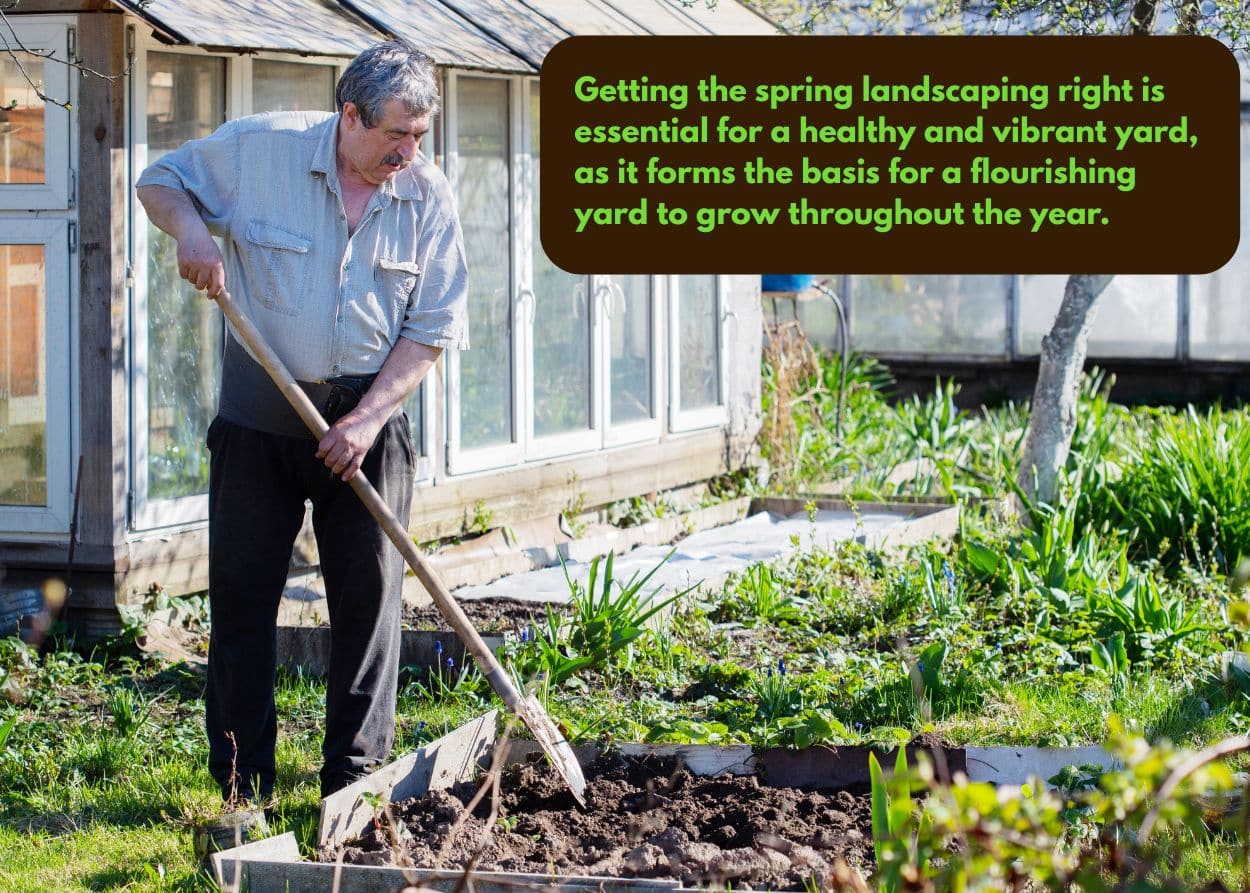
At Zimmerman Mulch, we understand the importance of a thriving landscape. When you get out there to work on your yard, it’s good for curb appeal, it’s great for the environment, and it’s excellent for your mental and emotional well-being. That’s why we’ve written this blog: to help you spring off to a running start.
So grab your allergy meds and gardening gloves, and let’s spring forward!
Why Spring Landscape Preparation Is Crucial
Spring marks the end of winter's dormancy and the return of life, with trees budding, flowers blooming, and animals emerging from hibernation. Your yard is no exception. Below the ground is the basis of a lush, green yard if you just give it the right push. Preparing your landscape in spring ensures that your plants, trees, and lawn have the best possible start. With proper preparation comes optimal growth, disease prevention, and your outdoor space's overall aesthetic.
Clear Debris, Leaves, and Winter Damage
The first step in spring landscaping is cleanup. Despite your best efforts at raking your yard, over the winter, extra debris such as fallen leaves, branches, and other organic matter sneaks back into your yard and accumulates, potentially harming your lawn and garden. Here's what you need to do:
- Remove Debris: Rake up leaves, twigs, and any other debris gathered over the winter months to prevent mold and disease while allowing sunlight and air to reach your grass and plants. Use a tarp to collect and transport large piles of debris efficiently. A wheelbarrow is also invaluable for moving heavier items.
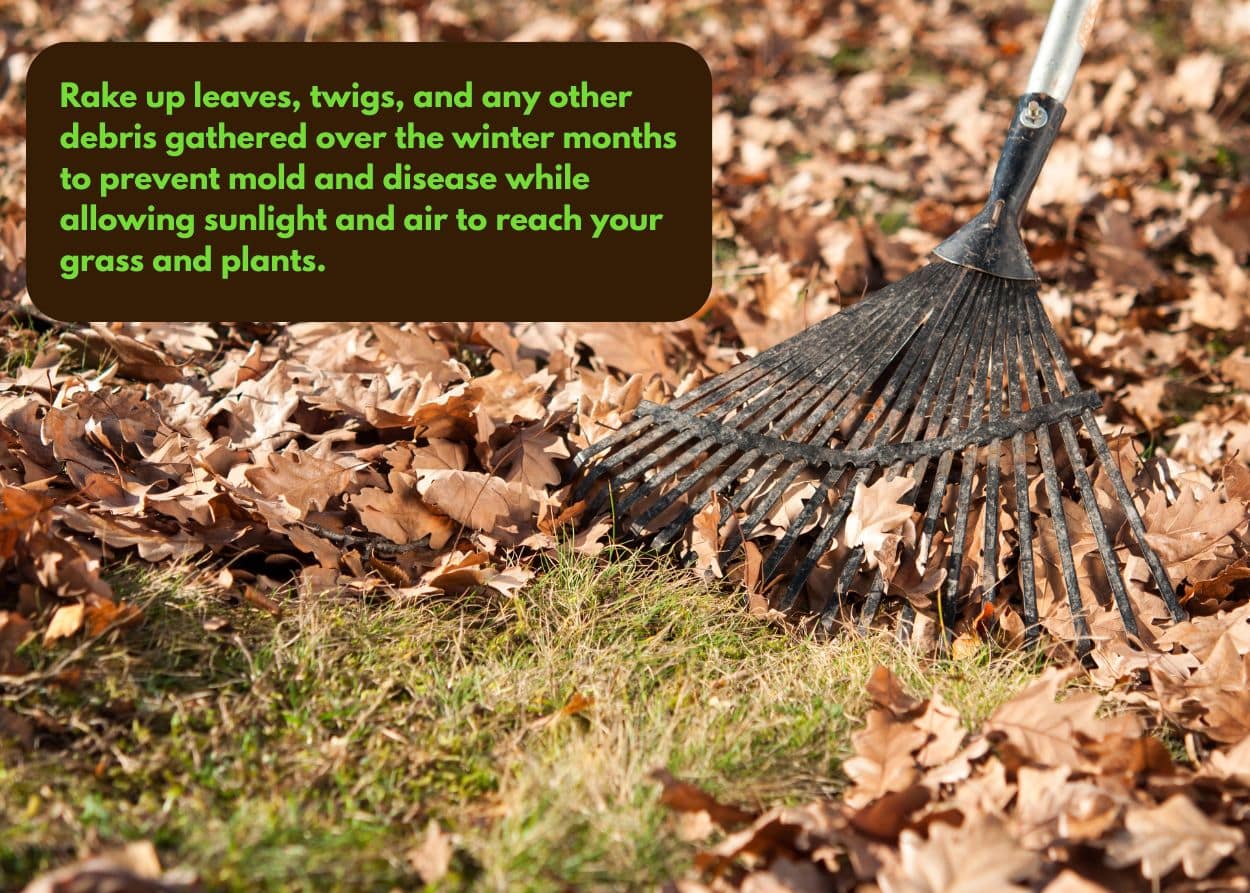
- Inspect for Damage: Check for winter damage to trees, shrubs, and garden beds. Look for broken branches or signs of disease and address them promptly. It wouldn’t hurt to call an arborist for help, especially if you suspect disease. Nipping potential issues in the bud goes a long way toward keeping your entire landscape healthy.
- Dispose of Debris: Instead of tossing debris into yard waste bags for the city to pick up, use it to fill garden beds. Put the waste in, then fill with soil and compost. As the branches and brush decompose, they’ll release rich nutrients into the soil, saving you money for more landscaping goodies, like plants or mulch.
These steps will set you up with a clean slate for a healthy and vibrant garden. This initial cleanup is crucial for preventing problems that could hinder your landscape's growth and is the foundation for a beautiful garden throughout the spring and summer.
Prune Trees, Shrubs, and Perennials
Pruning is vital for promoting healthy growth and maintaining the shape of your plants. When you cut a branch, a chemical response triggers the plant to develop new foliage and form new branches. Pruning also helps improve overall plant health and manage its structure and size. Here are some basic steps to prune effectively:
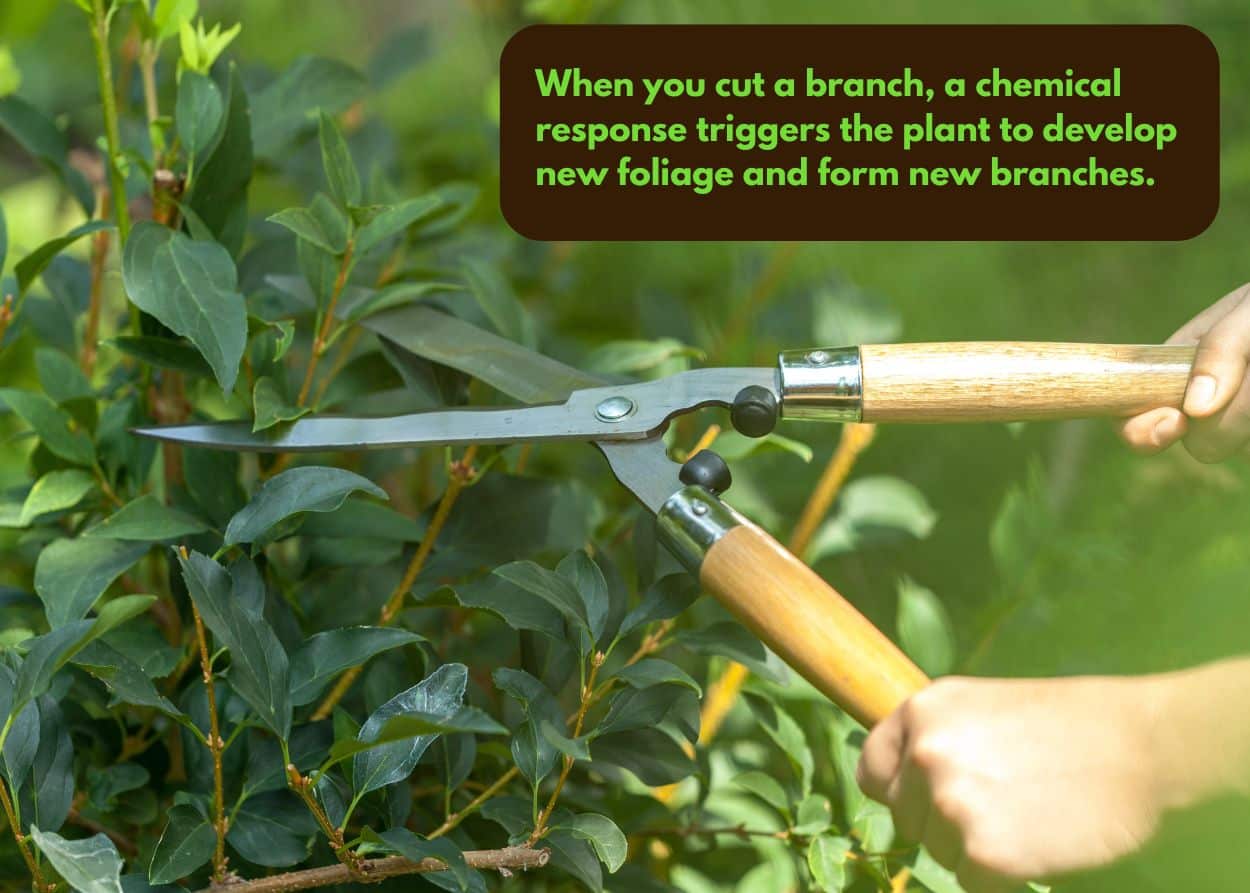
- Trees and Shrubs: Trim any dead or damaged branches. In addition to giving your plant that push to start regrowing, you’ll also increase the amount of airflow and sunlight it receives. For flowering shrubs, prune after they have bloomed to avoid cutting off buds.
- Perennials: Like any other plant, cutting back on dead foliage will allow new growth, prevent disease, and encourage robust flowering. To prune flowering shrubs effectively, understand when they bloom (spring or summer) and prune accordingly: prune spring-blooming shrubs after flowering and summer-blooming shrubs in late winter or early spring.
Soil and Yard Preparation: Aeration and Fertilization
Healthy soil is the foundation of a thriving yard, with aeration and fertilizer being the vital components. Prepare your soil with these essential steps:
- Aeration: Aerate your lawn with a manual aerator, roller, or power aerator to improve air circulation and nutrient absorption. This process involves perforating the soil with small holes to allow water, nutrients, and air to penetrate the grass roots.
- Fertilization: Apply a balanced fertilizer to provide essential nutrients. Combined with aeration, it’s a one-two punch to healthy soil, though it involves careful timing that almost looks like black magic to the uninitiated. To effectively utilize weed and feed products after aerating, it’s best to aerate your lawn before applying weed and feed, but not immediately before, to allow the soil to recover and the aeration holes to close up. Fortunately, Bob Vila has you covered on getting that timing just right.
- Fitness hack: Did you drink too much of that delicious microbrew stout indoors in winter? Incorporate your workouts with a lawn routine! Start with a manual or roller aerator while wearing a fitness tracker. Continue the routine with fertilizing and mowing. You’d be surprised how many steps you take, and you can reward yourself with a nice, cold IPA and a hot burger from the grill.
Anchoring that healthy soil you just aerated and fertilized is a lush, green lawn that is the centerpiece of any landscape. To ensure that your lawn thrives, follow these time-tested tips:
- Overseeding: General Norman Schwarzkopf once said, “The more you sweat in peace, the less you bleed in war.” There's no such thing as too much grass seed in the constant battle for a lush, green lawn (and for some people, it really is a battle). If your lawn has bare patches or thinning areas, overseed with grass seed to encourage new growth. Choose a seed mix that matches your existing type of grass.
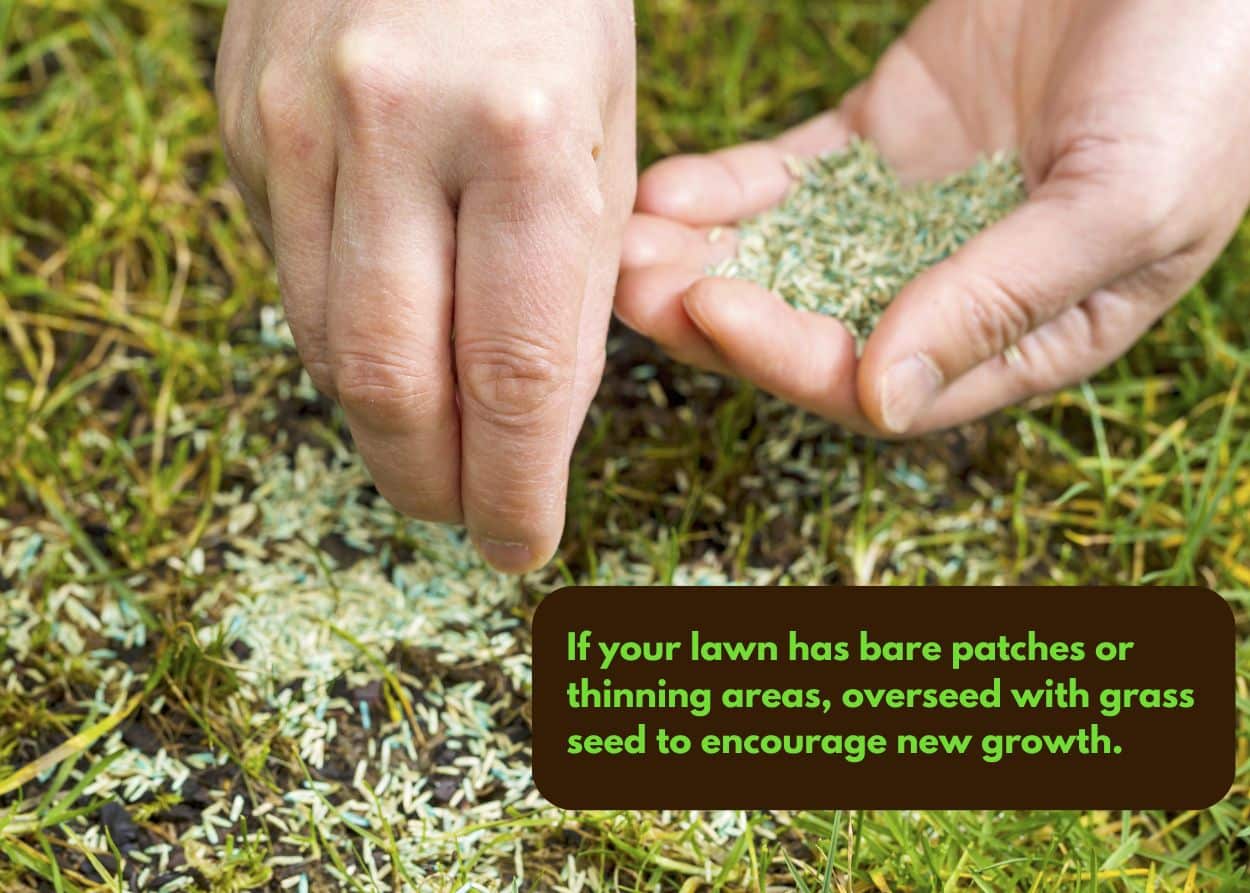
- Watering: Establish a consistent watering schedule. Water deeply but infrequently to encourage deep root growth. Early morning is the best time to water to minimize evaporation.
- Regular Mowing: As your grass grows, maintain a regular mowing schedule. Avoid cutting more than one-third of the grass height at a time. This practice, known as the "one-third rule," helps to prevent stress on the grass and promotes healthy growth. Keep your mower blades sharp for a clean cut.
Sticking to these lawn care practices will ensure a healthy, vibrant lawn that complements your landscape. A well-maintained lawn not only enhances the beauty of your property but also provides a space for outdoor activities and relaxation. The feeling of that soft, cool, lush grass carpet on your bare feet is not a pipe dream—you can do it!
Spread Mulch for Plants and Trees
A plant’s best friend, mulch helps retain moisture, suppress weeds, and regulate soil temperature. It’s easy to use too. Spread a layer of mulch around trees, shrubs, and flower beds. It’s not just for keeping your plants healthy; mulch also makes them look neat and snazzy, with multiple colors matching your plants and environment.
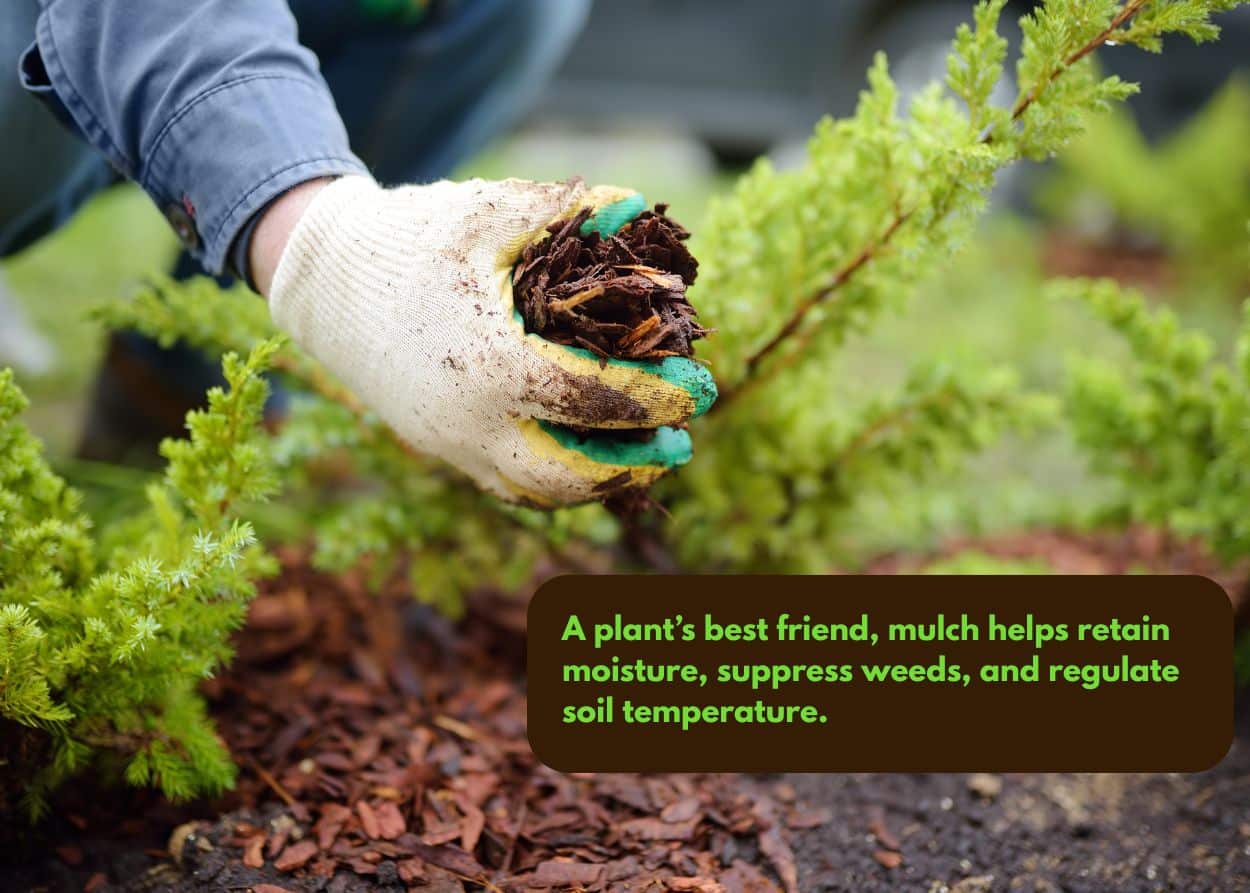
- Assess Existing Mulch: Your mulch should be 2-3 inches thick. If the mulch looks thin or has decomposed significantly, it's time to refresh. A telling sign that you need new mulch is in areas where soil is visible or weeds are starting to emerge.
- Choose the Right Mulch: Hardwood mulch breaks down slowly and enriches the soil, while cedar and cypress mulch are known for their insect-repelling properties. Dyed mulches offer vibrant color and can enhance the aesthetic appeal of your landscape. The type of plants you have, your soil type, and your personal preferences are all considerations when selecting mulch. Don’t forget to stock up at your local landscape supply store!
- Apply a Fresh Layer: Spread a new layer of mulch evenly across your garden beds, ensuring you do not cover the base of plants and trees to prevent rot. Covering the crown of plants can restrict airflow and create a moist environment that promotes fungal growth. When mulching around trees, leave a few inches between the mulch and the trunk.
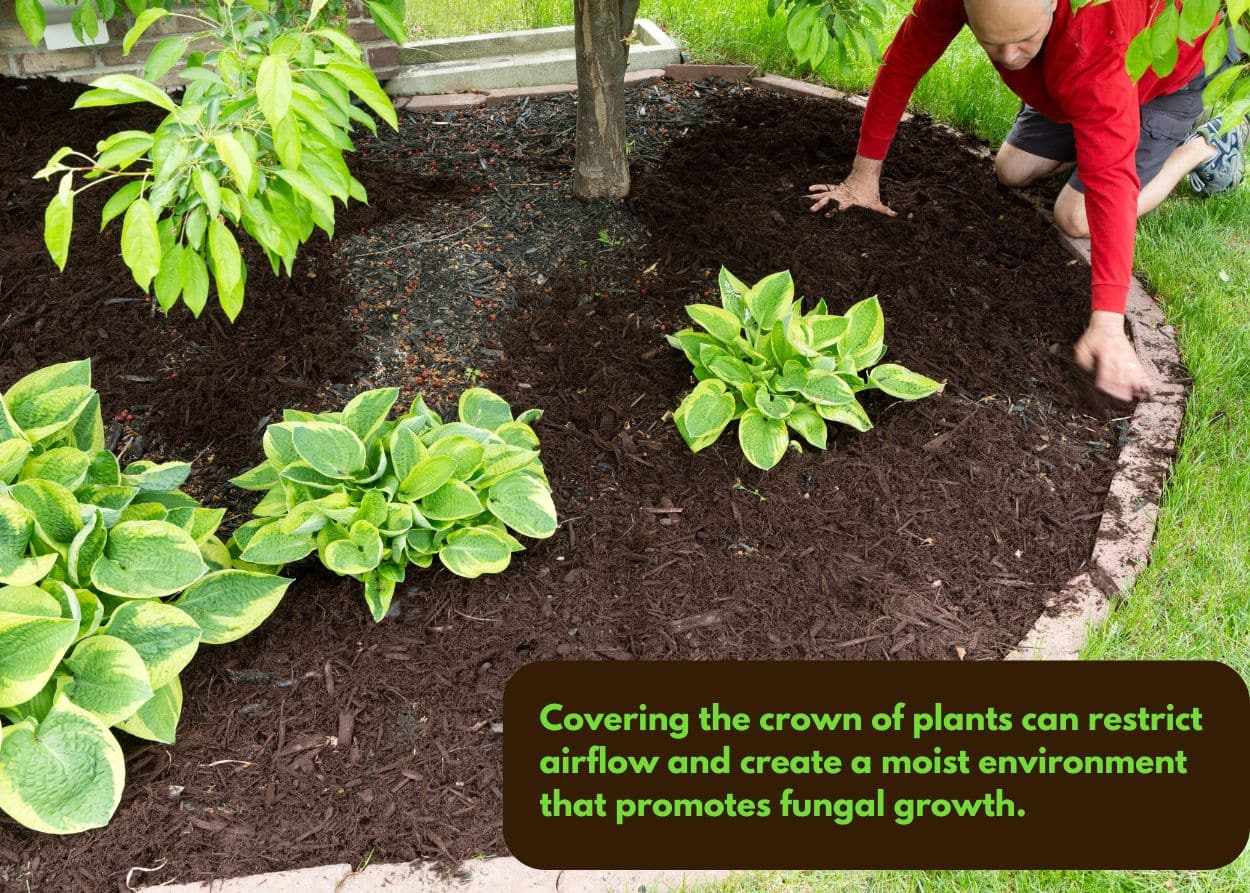
- Maintain Mulch Throughout the Season: Keep an eye on your mulch and replenish it as needed to maintain its effectiveness. Mulch naturally decomposes over time, so regular monitoring and replenishment are essential.
Refreshing your mulch makes your garden look tidier and contributes to your plants' overall health. Fresh mulch helps conserve moisture, regulate soil temperature, and suppress weed growth, all things plants need to be happy, healthy, and thriving.
Conclusion
Spring is a time of renewal, both in nature and as a metaphor for personal growth. Spring offers a chance to shed the old and embrace new beginnings, and what better way to celebrate new beginnings than with a beautiful landscape?
At Zimmerman Mulch, nothing makes us happier than a happy gardener tending to a lush, thriving landscape. For over 25 years, we have been Southeast Pennsylvania’s go-to for quality mulch, serving the gardening community in Lebanon, PA.
By following these spring landscaping tips, you'll set the stage for a beautiful and healthy yard that you can enjoy all season long. Remember—constant and consistent yearly maintenance is key to keeping your landscape vibrant and thriving.
Contact or visit us today, and let’s plant some beautiful landscapes together!
More Information
You can never learn too much. Check out these blogs for more information on growing that beautiful landscape:





